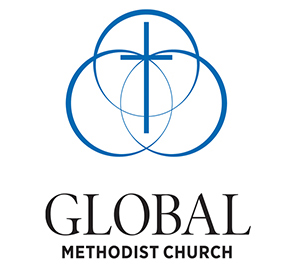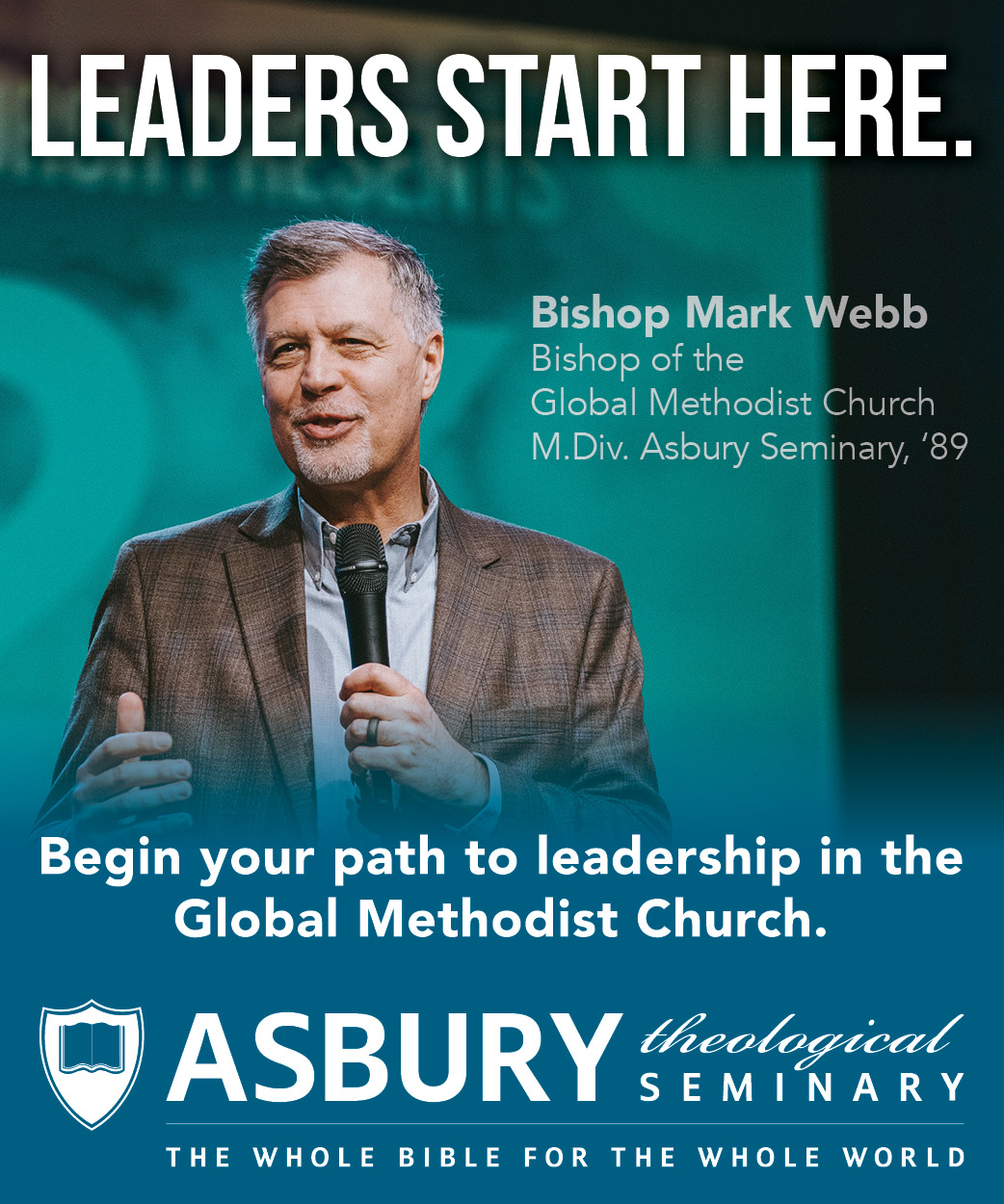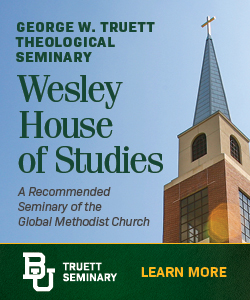By Terry Teykl —
Paul wrote in I Thessalonians 5:17 “pray without ceasing” or “pray continually.” This verse has inspired so many over the years to set a goal of unceasing prayer – individually and as a team, like tag-team prayer. It has head waters in the upper room in Acts 1: 14: “They all joined together constantly in prayer, along with the women and Mary the mother of Jesus, and with his brothers.” Thus began the 24-7 movement of praying the price, and Pentecost followed. Ever since, this audacious and powerful prayer practice has been in place and thriving.
The Early Monastic Tradition of Continuous Prayer. The 24-7 prayer was most evident in the Monastic tradition. For over one thousand years, monasticism (the practice of taking vows of poverty, chastity, and obedience to one’s spiritual superior) has held a key role in developing theology and training on prayer. From the fourth and fifth centuries, monks and nuns were an accepted part of society. Monasticism was the cradle in which continuous prayer spread. Some of the key figures from this tradition are Alexander Akimetes and The Sleepless Ones.
Educated in Constantinople, Alexander was an officer in the Roman army. Motivated by Jesus’ words to the rich young ruler from Matthew 19:21, Alexander sold his possessions and retreated to the desert. Tradition states that he set fire to a pagan temple after seven years of solitude. Upon arrest and imprisonment, Alexander converted the prison governor and his household and promptly returned to his abode in the desert.
Shortly after that, he had the misfortune to fall in with a group of robbers. His evangelistic zeal could not be contained, and he converted these outcasts into devoted followers of Jesus. This group became the core of his band of monks. The monks were watching with God because he watches over us 24 hours a day (Psalm 121) and calls us to watch and pray with him. Revelation 4-5 states that the angels and the 24 elders worship God literally night-and-day. The Bible teaches us to pray that God’s will be done on earth as it is in heaven, and in heaven there is only praise, worship, and intercession, 24 hours a day. This is why it is believed then and now that praise, worship, and intercession should also take place on earth. The only way in which this can be realized is by establishing 24-hour prayer watches. For example, Alexander’s followers – The Sleepless Ones – were divided into six choirs rotating throughout the day, each new choir relieving the one before to create uninterrupted prayer and worship 24 hours a day.
Legacy of prayer. “The Moravian Community in Herrnhut in Saxony, in 1727, commenced around-the-clock ‘prayer watch’ that continued nonstop for over a hundred years,” wrote the Rev. Leslie K. Tarr in Decision. “By 1791, 65 years after commencement of that prayer vigil, the small Moravian community had sent 300 missionaries to the ends of the earth.”
Professor Tarr went on to ask: “Could it be that there is some relationship between those two facts? Is fervent intercession a basic component in world evangelism? The answer to both questions is surely an unqualified ‘yes.’”
Early in his life, John Wesley visited the Moravian prayer revival and was deeply influenced. The DNA of our Methodist movement has roots in the Moravian 100-year 24-7 prayer movement.
Continuous Prayer in the 20th Century. On September 19, 1999, the International House of Prayer in Kansas City, Missouri, started a prayer and worship meeting that has continued around-the-clock ever since. With a similar vision to the Moravians – the fire on the altar should never go out – there has never been a time when worship and prayer have not ascended to heaven since that date. The founder of this prayer-worship movement is Mike Bickle.
The IHOP-KC prayer room is a sanctuary of corporate worship and intercession, staffed by prayer leaders, singers, musicians, and worship leaders who serve as missionaries. They offer a 24-7 web stream into their prayer room so that people can connect long distances at any time, no matter where they find themselves. Stream on whatever device you wish free of charge. In addition to English, it is now also streamed in nine different languages via their All Nations Prayer Meeting.
At the same time, in many other places around the world, God has placed desires and plans for 24-7 prayer in the fabric of diverse ministries and in the hearts of leaders. Their effects have resulted in 24-7 houses of prayer and prayer mountains being established in every continent of the earth.
Boiler Room. Also in 1999, Pete Greig founded the Boiler Room Prayer Movement. It is an international, interdenominational movement of prayer, mission, and justice that has been praying night-and-day for more than 20 years and has reached more than half the nations on earth. It is an attempt to create modern urban monasticism. He’s written a book about the history of the 24-7 prayer called Red Moon Rising. The original Boiler Room was in Reading, just west of London. The name Boiler Room came from Charles Spurgeon, who called his prayer room by that name. When he preached, 200 people were praying under the sanctuary in the boiler room.
A well-known “Boiler Room” in Canada is found in Calgary. It was the first 24-7 model that launched outside of the U.K. They have intentionally called it Urban Monastery Calgary. It is a constant site for strategic prayer information for Canada and the world. The ultimate goal of the Boiler Room ministry is to replicate the communal life found in the monasteries. A 24-7 Boiler Room is a simple Christian community that practices a daily rhythm of prayer, study, and celebration while caring actively for the poor and the lost. Boiler Rooms exist to love God in prayer and to love its neighbors in practice.
Across the globe, there are thousands of places hosting 24-7 prayer and worship. For example, there are more than 250 different Houses of Prayer (all 24-7) in Indonesia. In Java, there is a three-story house of prayer with 45 rooms set aside for prayer, in addition to 20 bamboo huts in the Prayer Garden surrounding the main house.
The Korean Prayer Stronghold. The Korean church leads the way in marinating prayer. I did some research in Korea while working on my doctorate. I was stunned and impressed by their commitment to pray early in the morning, the amount of time they dedicate to prayer in their worship services, prayer in cell groups, and the 100 or more well-used prayer mountains scattered across the country. I think there are four reasons for such a passion for prayer.
First, their love and reverence for the Lord Jesus. Their prayer is a love exchange with God. They take seriously the biblical mandate to pray without ceasing. Plus, they are a dependent culture. To ask them to depend on God is like asking a teenager to eat, whereas in America we are an independent culture. We do not want to depend on anyone – much less God for anything.
Second, the impetus as a regular spiritual discipline came in part from the time when Japan colonized the Korean peninsula, and the Korean people had no recourse except prayer for the freedom of their people. They experienced a lot of pain and suffering during this time. Prayer was a powerful response.
Third, they had a spiritual awakening in 1907 in Pyongyang, Korea. Dawn prayer meetings now are a response to this major spiritual awakening. Every church has early morning prayer seven days a week.
Fourth, they pray out of desperation. All the guns on the border of North Korea are pointed at South Korea. North Korea poses an ongoing threat to their way of life. They could be attacked at any time. They depend on God to protect them. I personally saw this when I went to Osanri Choi Jasil Memorial Fasting Prayer Mountain in Korea. There is a hotel there for people who go there for a week to pray. During my time in Korea, I was struck by the naturalness and normalcy of continual, constant prayer.
The Prayer Room Movement. In 1985, I wrote a book called Making Room to Pray about building a prayer room in a local church. Hundreds of churches signed their members up to pray around the clock. These prayer rooms provide a “warm center” like a centrifuge to spin off so many fruitful ministries. A pastor can sleep well knowing that there is someone praying at the church all during the night.
The Benefits of Continuous Prayer. One, a 24-7 prayer watch will be one way a church can fulfill God’s command to be a house of prayer for the nations (Isaiah 56:7). By implementing 24-7 prayer watches, churches can take responsibility and stand as watchmen on the walls for the church worldwide, for their own communities, their country, and for other nations.
Two, around-the-clock praise, worship, and intercession bring about a new and deeper dimension with regard to an intercessor’s relationship with God.
Three, a continuous prayer watch focuses on bringing in the harvest. Prayer is not an end in itself. Prayer brings us into fellowship with God the Father, Jesus Christ, and the Holy Spirit. When we start to fellowship with Jesus, he will reveal his heart to us and take us to people in need. The purpose of prayer is to strengthen us to live the Great Commandment (to love…) and the Great Commission (to go…). We do not pray for the sake of praying. Real prayer will always lead to action: touching people’s lives with the love and compassion of Christ.
Four, through prayer watches we can pray night-and-day for our own needs and the needs of the community. Night-and-day prayer helps us to persevere in prayer, to continue in prayer, and to pray continually as the Word commands us to do.
Five, a 24-hour prayer watch promotes unity among believers because they focus on the same issues and pray together for them. It also binds churches and denominations together. In Katy, Texas, more than 25 churches take turns by taking an hour of prayer and worship at the Southwest Prayer Center.
Six, it helps every intercessor and prayer group to understand that they have a Kingdom responsibility, and it strengthens them to know they are not praying alone, which is for most people a huge encouragement.
Seven, history shows that night-and-day prayer had a huge impact on communities and on the world.
Jesus says that the Father rewards the prayers of those who seek him. We should seek his heart, have a relationship with him, and pray for him to move in our lives and church. Scripture says, “Yet he [Jesus] often withdrew to deserted places and prayed” (Luke 5:16). If we desire to follow in Jesus’ footsteps, this is a good place to begin.
Terry Teykl is a United Methodist clergyperson who has devoted his life and ministry to prayer. He is also the author of numerous books, including Pray the Price, Blueprint for the House of Prayer, and Making Room to Pray. This essay is adapted from his new book Chronicles of Prayer: Praying in Jesus name for 21 centuries (PrayerPointPress.com).






0 Comments